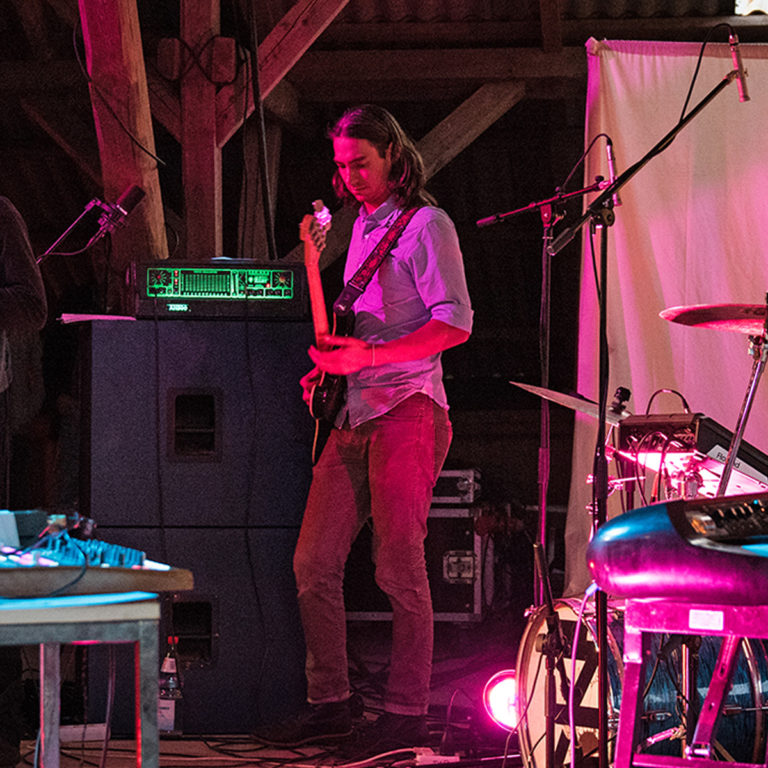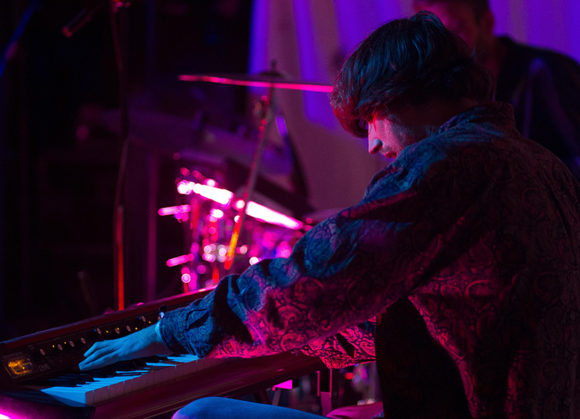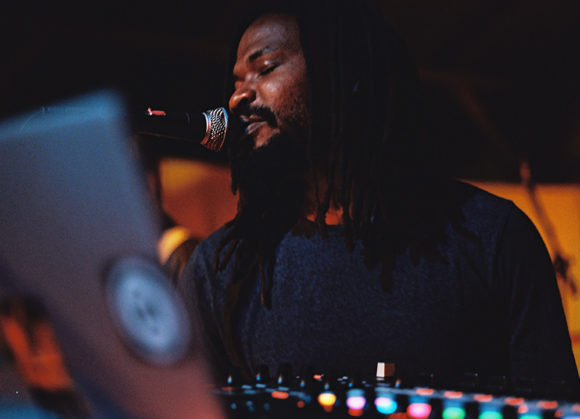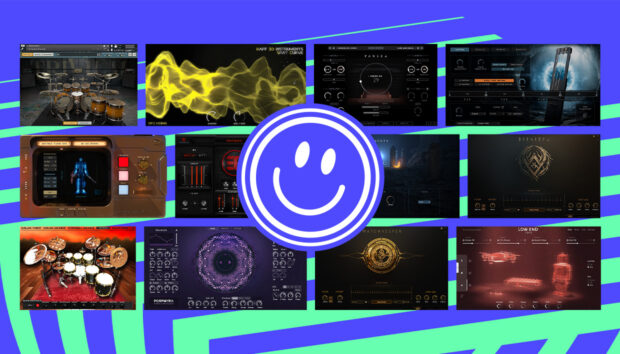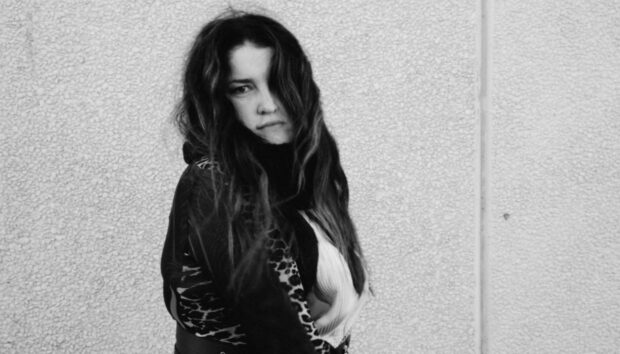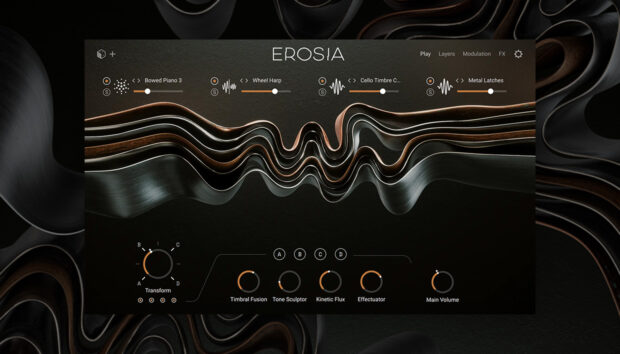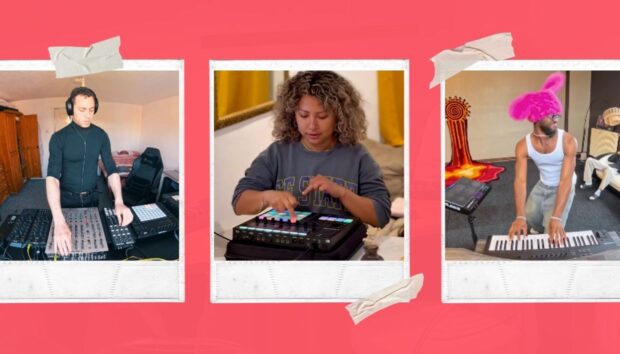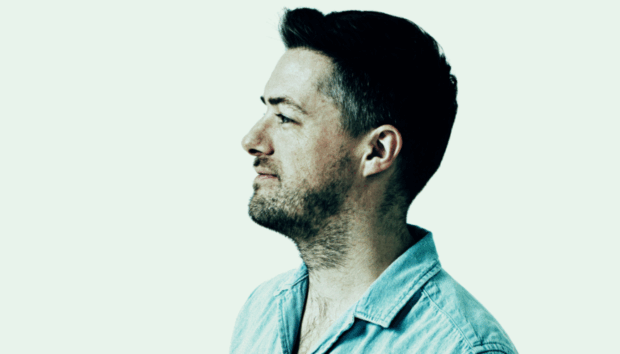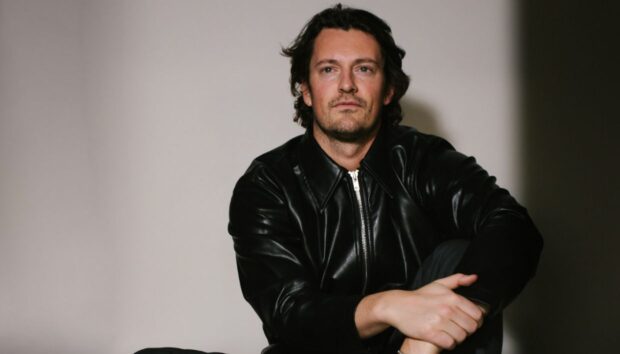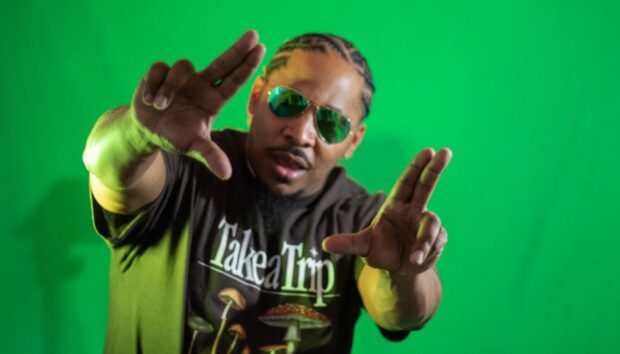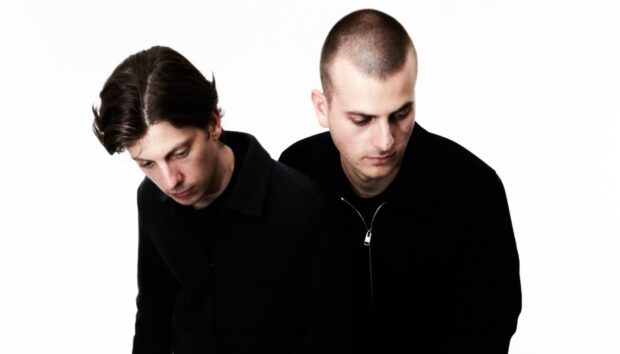Situated among the fields and fruit trees in Northern Germany lays Resthof Papenwohld, a creative sanctuary run by Jörn Bielfeldt. Papenwohld is a platform for artists, with additional songwriting camps and residency programmes to boot. After working with Bielefeldt on 2018’s residency program, we caught up with the producer and event organizer to find out more about Papenwohld, and the type of music that happens there. You can also watch the documentary about this year’s residency program below.
How did the idea of an artist residency come about?
The place itself sparked the idea. For all those who live in big cities, like I have for a long time, it is something special and sacred to have a space like that and be able to call it home. The isolation here is a dream come true and inspired me to the point where I had to share this experience with others.
How do you organize the artist residencies?
The first time was pretty much done freestyle. We tried to find people in the immediate area who do different things but could somehow support us — be it with food, financial support or simply their interest in the arts — always following the idea to bridge the worlds between country life, the network attached to it and the artists from the city. We also shot a video documentary, become politically active, and tried to get funding as we noticed that a project like this costs a lot of money to even get started. The founding of the Papenwohld gGmbH was a crucial step because it was necessary for us to reach the right sponsors and acquire donations. Everything else is due to it being a great team, a whole lot of networking, partnerships, cooperation, and so on.
Who is Papenwohld for?
Papenwohld is for all forms of art, but especially music. And in that, it is especially targeted at subcultures, whatever they may be; basically everything that has an edge to it, that is a little experimental or simply shows an effort to make something different.
What are the peculiarities of the artist residency?
A classic artist residency is comparable to a grant or a stay at a house of artists. One can live somewhere temporarily and create, but this opportunity is mostly granted to established artists and is often based on a specific project. Furthermore, there are also similar songwriting camps organized by big labels for their artists. What we do differently is, everyone can apply and this way many people of many different backgrounds come together without a specific goal, task or expectation forced on to them by a client. That way, artists can spend a week together collaborating without the pressure of creating something that has to meet someone else’s standards.
What is your personal expectation towards such an artist residency?
That people can reinvent themselves, explore a new situation that maybe they would not have found otherwise – and that they achieve a new-found freedom, win new contacts and even execute ideas they have been carrying around for years. The focus is not on the result but on the process. I overheard questions from the local press like “if the artists are completely free, then nothing is going to happen?”. Quite contrary to that, we always see that this freedom is so motivating and inspiring that it always brings high-profile results. Results that can’t be put in a box, but rank highly among artistic works.
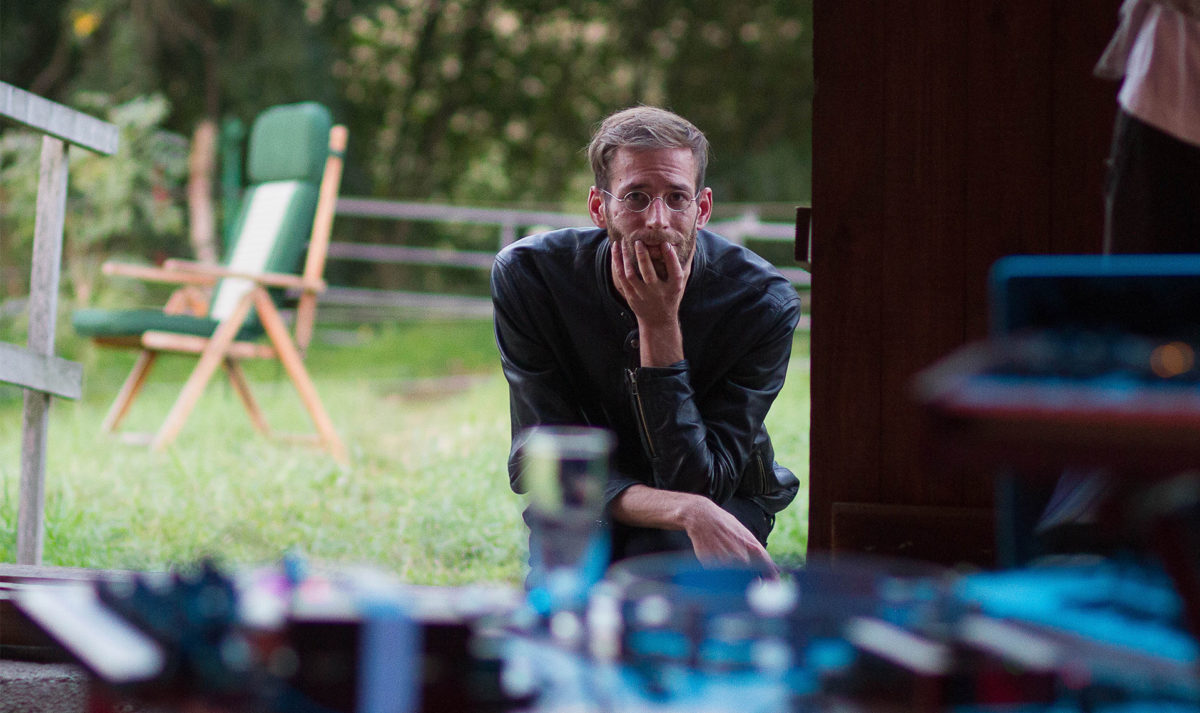
What do you mean by ‘Interdisciplinarity’?
On a conceptual level, I have a very personal interest in stepping out of my own world. In the music business, there is this one classic way for an artist and that is, that they produce an album followed by the necessity for artwork, pictures and video work. This is OK because it creates economics for many creatives, but there is no real coworking, at least not within subculture and that is due to a lack of budget. Often, only big artists who have the support and financial means to pick the best people to collaborate with have these kinds of opportunities. That is how we, during the last residency, came up with the idea of inviting three artists from different genres just to try it and see what component we can add.
You also ensured that artists from many different backgrounds come together. How was that experience?
Indescribable. The diversity within a group is what makes freshness possible. Many artists get stuck once they have reached a certain level of success. Regardless of whether they play in an orchestra or produce bass music. No one calls them to ask whether they could play the violin even though they would love to do that. The residency week is simply interesting because everyone is different and arrives in a different way and that creates many new dynamics of how people let go. Even when there are tensions in the beginning, it will make the space to create even greater in the end.
Still, I plan to also do a film score music residency or a gaming music residency or maybe even something with A.I., meaning I am looking for real topics for my future projects.
What is the goal for Papenwohld?
Ideally, I’d love to build a form of family, one that usually only exists in the digital context but connects through the analogue memory of having been at that place. A connection that develops a network which keeps growing, draws bigger circles, creates intersections and builds bridges not only between the artists but between all those who support, help and have seats at the table. Maybe one day this project can fund itself without depending on funding programs. In any case, I want this place to develop into something many people can benefit from.
You are a musician yourself, what kind of setup do you use?
I’m a drummer and music director and execute live productions for other artists and bands, but recently I’ve been more focused on my own project JBXDR. My work now is at the intersection between human interaction and technology, a field that I believe will grow massively in the future. That’s why I increasingly try to use as many different setups as possible, especially since working on my new EP. I’ve been realizing a lot of my sample based productions with Komplete plug-ins and Maschine in the studio. During my live shows, I use an acoustic drum set with triggers on all drums, a couple of Roland SPD-SXs, a Dave Smith synthesizer and Ableton Live. I just got the new Sunhouse “Sensory Percussion Triggers”, these enable up to ten trigger points on each drum and the software allows me to realize very complex routings. All the parameters can be mutually mapped, which is a dream come true for every drummer. That is what I use to build my new set up at the moment, which also includes visuals that I execute with Touch Designer.
What is the biggest challenge as a music director between the stage and the studio during a residency?
I believe I am very good at engaging with the artists, and can feel the frequency they are on. I manage to motivate them to do things that may be outside of their comfort zone but for which they have potential. It is certainly very ambitious to put a show together after only one week but with a better team of people who have experience in live production, we added a new level of structure that helped immensely. The only real conflict in this idea is that it would be better if the artists had seven days to themselves and then another three days to prepare the show. But this we cannot de due to limited finances. It’s not easy to manage everything within seven days, but this, in turn, can help the artists to be more productive. You have freedom on the one hand, but the pressure artists put on themselves with their own levels of inspiration and motivation – that is something that you can hear and see in the end.
How did the collaboration between Native and Papenwohld come together?
Usually, marketing people are not interested in a project of this nature. They look for trendsetters and social media numbers. That’s why it’s so important Native have expressed this recognition of subculture and alternative platforms and projects. It is so important that there is cooperation between a company like Native and an initiative like Papenwohld.
Why is it that Papenwohld has such a special vibe?
Papenwohld is home to my family and it is made by the people who live and work here. That is the reason why it is carried with so much love. In the end, it is people who make a place what it is and being that this isn’t about me or someone specific but about the cause, I believe one can feel that immediately.








